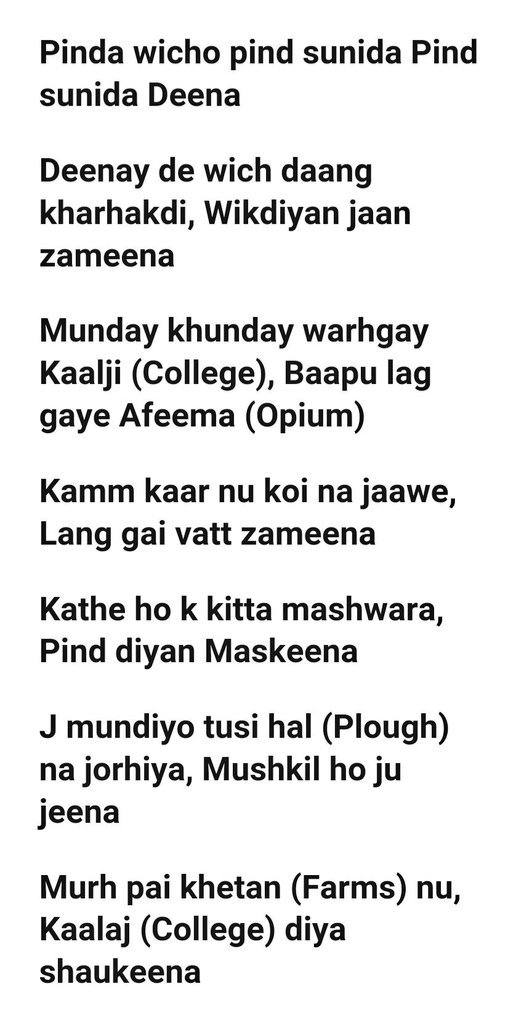

Today, men and women typically have a tendency to wear different vardiyaan while performing Bhangra. In other words, the vardiyaan are the perfect combination of aesthetics and mobility.

The vardiyaan not only emphasize the visual effect of Bhangra moves, but they also are designed to enable the dancer's maximum range of motion. You may have taken note of the dancers' extremely colorful Bhangra uniforms/outfits, or vardiyaan, during the performance. As a result, Bhangra music is now quite mainstream throughout India, and throughout the world! The Bollywood industry began to depict Bhangra in its movies while celebrated Bhangra pioneers emerged to actively spread and share the dance form. Due to the exponential rise in communication in Punjab and across India, Bhangra spread throughout the country. Eventually, a standard Bhangra routine across Punjab came to consist of certain components, such as a Jhummar segment, or a Dhamaal segment. Each region quickly adapted the shared dance forms into their own folk traditions. As a result, due to several celebrated dance pioneers, these dances were shared, both in times of celebration and to ease in times of hardship. In the 1940s, communication between villages and regions in Punjab sharply increased due to independence movements across the area. Sammi is a dance specifically dedicated to singing about a fabled girl. Jhummar, from Jhang-Sial, can arguably be traced back to the Aryan period and consists of a 16-beat dhol cycle. These dances include Sammi, Jhummar, Luddi, Giddha, Dhamaal, Sialkot, and many more.įor example, Sialkoti developed in the region of Sialkot, and is performed with one leg in the air. These lyrics most commonly reference themes of love, patriotism, strength, and celebration.īhangra is an amalgamation of various folk dances from all across the region of Punjab, many of which can trace their roots far back before the existence of the term Bhangra in the late 1800s. Bhangra is traditionally danced to the dhol instrument, a large drum, and boliyan, short sets of lyrics that describe scenes or stories from Punjab. It originated as a folk dance celebrated during the time of the harvest. The current style and form of Bhangra formed together in the 1940s and has evolved since. It helps to build an atmosphere of gaiety.The first mentions of Bhangra as a dance entity start to show up in historical records around the late-1800s. The ghadda is played by gently striking a ring or a small stone on it in keeping with the rhythm. The leader (woman) of the chorus sings the boli, which the chorus repeats. Whilst dancing the giddha, the women sing in sonorous voices, to the accompaniment of the dholak (drum), ghadda (pots) or to the beat of clapping.

Almost all folk dances are performed in circles. They have a uniform rhythm, and often their appeal is enhanced by a meaningless rhyme being added to them. They are not only composed by professionals, but even farmers contribute to them. īoliyan are traditional, but time has made changes in them too. They also do Bhangra dances to accompany the Boliyan (see Malwai Giddha). Īlthough commonly women do giddha and sing boliyan, in the Malwa region, in lower Punjab, men sing the boliyan. It is through this process that boliyan have been refined and passed on from long ago. This forms a continuous and successive chain, each generation being taught by its predecessor. These boliyan are usually passed down generation by generation orally. Usually a boli is sung and introduced by one woman, and then other girls form a chorus. Ī boli expresses typical situations and their emotions. Boliyan are often sung in accompaniment of bhangra dances. Boliyan or bolis are couplets that are sung in Punjab.


 0 kommentar(er)
0 kommentar(er)
